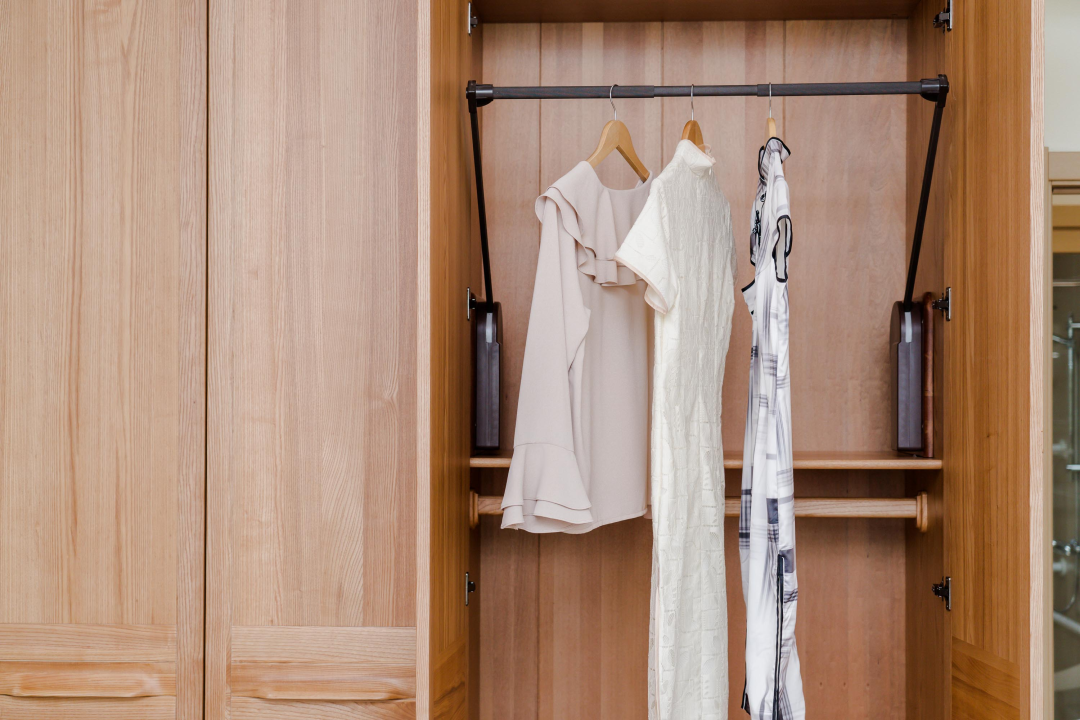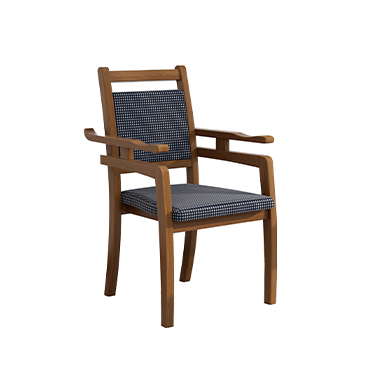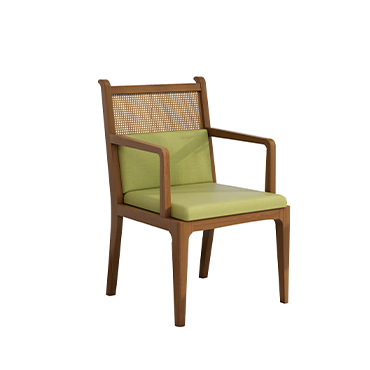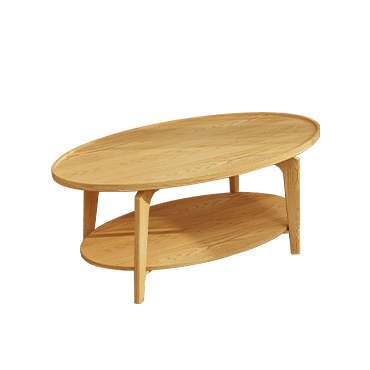The True Impact of Private Equity on Nursing Homes: More Nuanced Than You Think
As global aging accelerates, nursing homes have become a growing target for private equity (PE) investors. But does capital injection always translate to better care? A recent comprehensive review published in Health Policy challenges this assumption, revealing that the effects of private equity ownership in nursing facilities are far from one-size-fits-all.
The study analyzed over a dozen major research papers published between 2000 and 2024, offering insights into how PE ownership has influenced quality outcomes, financial performance, staffing levels, and operational processes in nursing homes.
Not All Private Equity Involvement Is Harmful
According to the review, the share of U.S. nursing homes owned by private equity firms has risen from just 1% in 2005 to around 13% in 2021. While this trend has sparked concern, the evidence shows a more mixed picture.
“Some private equity investors bring needed capital, operational expertise, and financial discipline—especially to distressed nursing homes,”
said Dr. Gregory Orewa, lead author and Assistant Professor at the University of Texas Health Science Center at San Antonio.
In some underserved areas, PE involvement has helped stabilize operations, improve infrastructure, and maintain access to long-term services and supports (LTSS).
Staffing Trends: Sector-Wide Changes or Investment Effects?
Staffing levels are often seen as a direct reflection of care quality. The review highlighted notable staffing shifts:
A decline in total hours worked by certified nursing assistants (CNAs) and licensed practical nurses (LPNs).
Only a slight increase in hours worked by registered nurses (RNs).
A 2014 Florida study found a 25% drop in overall skill mix after PE acquisition.
While these changes often correlate with private equity takeovers, they also mirror broader trends in the skilled nursing sector. The researchers caution against attributing every staffing change solely to PE ownership.
Patient Outcomes: Mixed Evidence Across Studies
The review found inconsistent results regarding patient care quality:
Some studies linked PE ownership with higher short-term mortality rates (up 11%), reduced mobility, more severe pain, and higher rates of pressure ulcers.
Others showed improvements in pain management, fewer contractures, and reduced pressure ulcer rates.
A 2020 study found no significant difference in COVID-19 infection or mortality rates between PE-owned and non-PE-owned facilities.
The takeaway? The impact on patient outcomes varies depending on the specific PE firm and its level of operational involvement.
Financial Performance: Initial Gains, Long-Term Questions
Early studies reported short-term improvements in profitability after PE acquisitions. But more recent research suggests mixed long-term results:
A 2024 study found that both revenue and total expenses decreased after PE buyouts.
PE-owned nursing homes had 8% higher Medicare costs per resident, and saw increases in long-term debt and reduced liquidity.
These findings suggest that financial pressures may reshape how care is delivered, potentially putting quality at risk if not properly managed.
Conclusion: Striking the Right Balance Between Care and Capital
Private equity’s role in the nursing home sector is complex. It can bring operational efficiency and investment—but it also introduces risks that may affect resident welfare and long-term sustainability.
“We recommend a balanced approach: prioritize resident well-being while ensuring financial sustainability and maintaining investor interest in the healthcare sector,”
Orewa and his team concluded.
They advocate for enhanced regulatory oversight, greater transparency, and long-term investment incentives to reduce potential downsides of PE ownership in elder care.





